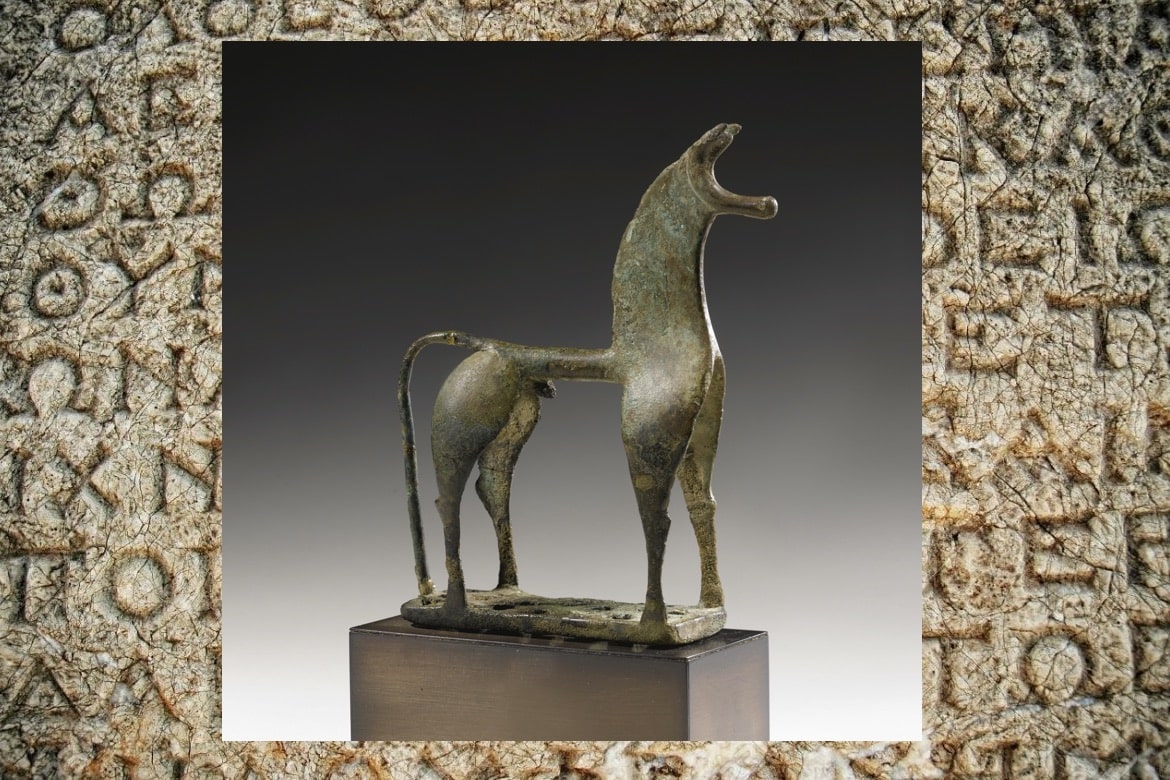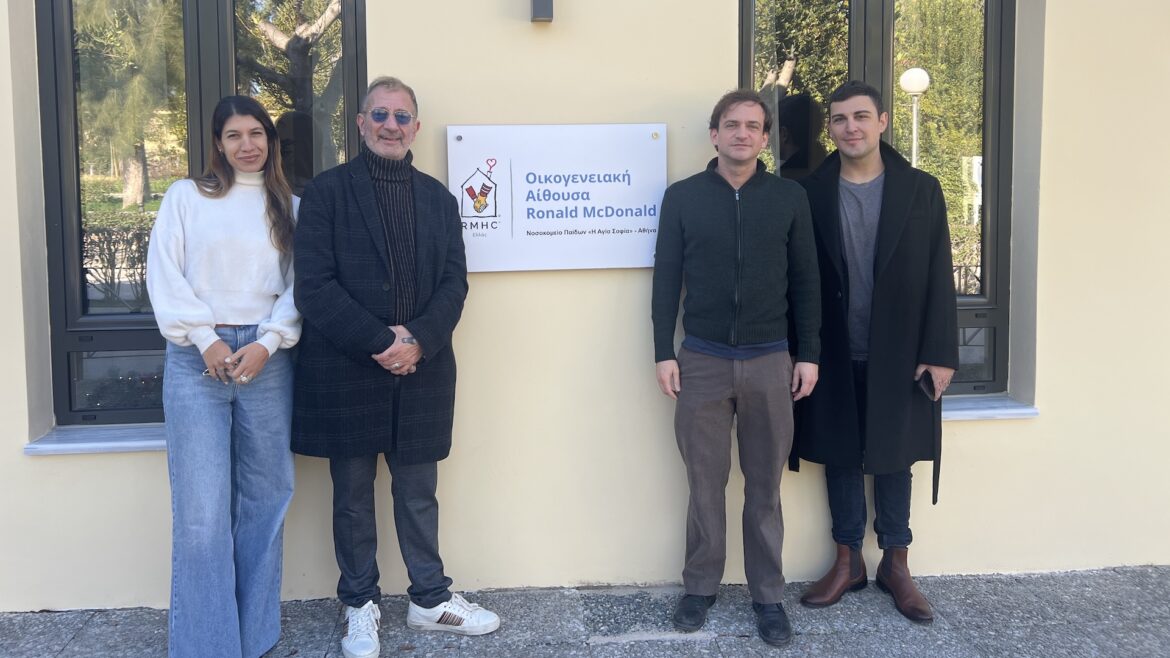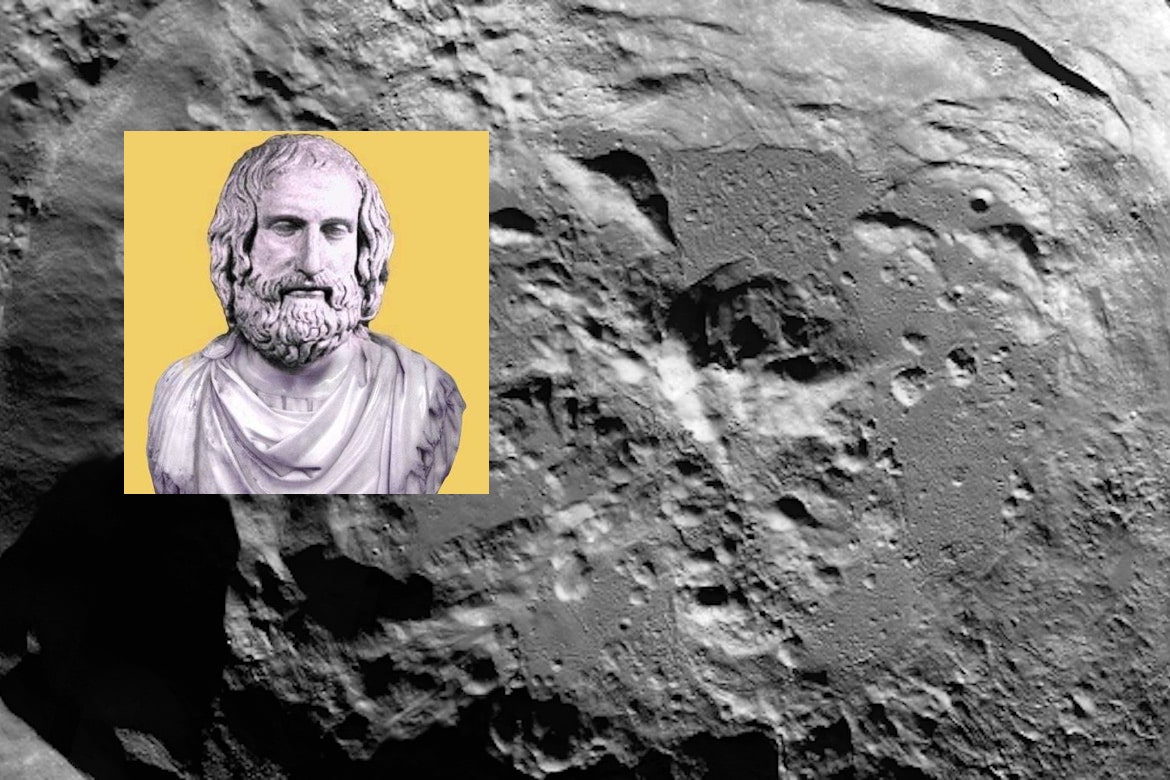On June 9, 2020, the United States (US) Court of Appeals for the Second Circuit (Court of Appeals) issued its decision No. 19-2172-cv (argued on March 5, 2020) over an ancient horse figurine, the ownership of which was claimed by the Hellenic Republic (Greece). The ancient figurine was originally scheduled to be auctioned off by the New York City-based Sotheby’s Auction House almost two years prior on May 14, 2018.
The decision created considerable ‘media buzz’ with extensive coverage from major Greek (Ta Nea, Kathimerini and its English version, Naftemporiki, Proto Thema etc.) and international (New York Times, The Telegraph, Bloomberg, etc.) media outlets, including an extensive press release by the Greek Ministry of Culture and Sports.
Most of the above hailed this as a landmark case in antiquities law and judicial precedence with huge implications for the return of illegally exported and owned artifacts. Through research, it was possible to obtain exclusively the entire judgements related to this case at district and appellate level. The purpose of this piece is to present and analyze these decisions.
Overview of Events
The artifact relevant to the case (pictured in the featured image above) is a 14-centimeter bronze horse figurine of Corinthian type from the Geometric Period dated around 8th century BC. The figurine was fist sold in 1967 at a public auction in Switzerland, later acquired by antiquities dealer Robin Symes, and then sold by him to Howard and Saretta Barnet in 1973. Both passed away, and the figurine, now property of the Saretta Barnet Revocable Trust, was consigned for auction at Sotheby’s auction house.
It is worth noting that Robin Symes, a British national and high-profile art dealer who was later sent to prison in 2005 for contempt of court, “was suspected of selling stolen times,” with Greece moving to confiscate a photo archive depicting them. He has been connected to numerous instances of looting and illegal ancient artifacts’ trading. In February 2016, a considerable number (45 crates) of Roman and Etruscan antiquities acquired by Symes were discovered hidden in a repository in Geneva (Switzerland), where he had emigrated after being released from prison. Symes, along with Greek business partner and life-long companion Christo Michaelides, had established a successful antiquities business, that allowed them to lead a lavish lifestyle. After the accidental death of Michaelides, a legal dispute and battle erupted between Michaelides’ family and Symes over the couple’s business (and its value), during which it was discovered that Symes had stored his antiquities not in 5 warehouses, as he previously had stated in court, but in 29. Many of these antiquities are claimed by foreign governments arguing that the objects were illegally excavated and obtained, and then sold illicitly (i.e. the Italian government). Symes (and his business with Michaelides) has also been connected with the alleged black-market antiquities dealers Robert Hecht Jr., Marion True, and Giacomo Medici, most of whom are involved in relevant decades-long trials in Italy.
The intended auction of the figurine by Sotheby’s was on Monday, May 14, 2018 (an auction catalogue had been published from April 25, 2018). The Friday before the auction, the Greek Ministry of Culture sent a letter through email to the auction house, arguing that a photo of the figurine was included in the confiscated photo archive of Symes (above), that it “is of Greek origin,” and, as the relevant provisions of Greek law were not followed, that the figurine had to be withdrawn from the auction and repatriated. Sotheby’s withdrew it from the auction, but disputed Greek ownership over it, requesting that Greece present evidence (to which request Greece never responded). On June 5, 2018, Sotheby’s along with the Saretta Barnet Revocable Trust’s Trustees (plaintiffs), sued Greece (defendant) before the US District Court for the Southern District of New York (District Court) for a “declaration of ownership” (no damages or injunctive relief claimed). On November 5, 2018, Greece filed a “motion to dismiss for lack of jurisdiction.” Approximately half a year later (June 2019), the District Court denied the motion. Greece filed an interlocutory appeal before the Court of Appeals, and the District Court stayed its proceedings pending the decision. The Court of Appeals, with its June 9, 2020 decision, reversed the order of the District Court.
Litigation before the courts
Contrary to what is claimed in most of the pieces referenced in the introduction, neither the District Court, nor the Court of Appeals dealt with the actual substance of the dispute (findings of fact/merits), i.e. the ownership of the figurine. Within the first six months of the trial at the District Court, the Greek government filed a facial motion to dismiss the case because of “lack of subject-matter jurisdiction,” based on Rule 12(b)(1) of the Federal Rules of Civil Procedure. Greece claimed that it was immune to the jurisdiction of US courts based on sovereignty, as afforded by the Foreign Sovereign Immunities Act of 1976 (FSIA; United States Code 28 USC 1602-1611 of 1976). FSIA, the sole legal determinant for sovereign immunity of foreign states before USA courts, provisions that a foreign state (there was no dispute between the parties in terms of Greece fulfilling the criteria of a foreign state under FSIA §1603) is generally immune from jurisdiction of US courts (presumptive sovereign immunity), unless certain exceptions apply (FSIA, primarily §1605, and §1607 for counterclaims), in which case the state is liable as an individual would be, but not for punitive damages (FSIA §1606).
The plaintiffs counter-argued that, while Greece is a foreign state, the act of sending the letter to claim ownership of the figurine could be considered as a commercial activity under FSIA, and thus fell under the immunity exception of FSIA §1605(a)(2), and specifically the third section (‘direct-effect’ clause). The section provides that sovereign immunity of a foreign state does not apply when the state’s action is based upon “an act outside the territory of the United States in connection with a commercial activity of the foreign state elsewhere and that act causes a direct effect in the United States.” The plaintiffs additionally claimed that the letter had a direct effect in the USA, namely the fact that Sotheby’s had to immediately withdraw it from the auction.
Greece disputed the above, arguing that sending the letter was “a uniquely governmental effort to police the heritage of its nation,” that it would not sell the figurine or use it to generate business activity, and that the Greek government (which sent the letter) would not receive any commercial benefit from its repatriation. Greece also argued that the letter was not legally significant (a requirement for the ‘direct effect’ clause to apply), arguing that Sotheby’s withdrew the figurine because of its ownership problems, which were well known to the auction house, and not because of the letter. Details of the figurine’s problematic history came to the public light only after the suit. Greece further claimed that the plaintiffs had no standing to bring suit: Sotheby’s suffered no ‘injury in fact’, it had no claim of ownership (title of ownership was not transferred to the auction house), and it itself, not Greece, had alerted “potential buyers to the disputed provenance” of the figurine through the suit.
The District Court eventually denied Greece’s motion to dismiss. It argued that sending the letter was “attempting to intervene in the market to assert and enforce its purported property rights,” which is an action of “the type…by which a private party engages in commerce” (the motive behind the action was not material for this determination, per precedence), hence accepting that sending the letter was actually a commercial activity. It further dismissed Greece’s argument on the non-profitability from the letter and its importance for national heritage, by arguing that these were constituted the purpose rather than the nature of the action. The District Court referenced precedent of the US Court of Appeals for the Ninth Circuit, in which it was argued that “the commercial character of an activity depends on its nature rather than its purpose,” and of the US Supreme Court, concluding that “a foreign sovereign does not need to act with a profit motive in order to engage in commercial activity” (in the opposite case there would be no point to the FSIA exception, since states most often act without a motive for profit).
Furthermore, the District Court held that the letter had direct (without deviation or interruption) effect in the US, as Sotheby’s immediately withdrew the figurine from the auction, considering in particular the minimal time lapse between receiving the letter and withdrawing the figurine (1 day). The District Court even went one step further, arguing that the figurine’s history was not at all problematic, given that Symes had bought it “from a reputable auction house” and that the plaintiffs had disclosed that fact in the auction catalogue published almost a month berfore the auction date.
Finally, on the issue of standing, the District Court again rejected Greece’s claims, arguing that Sotheby’s, albeit not owning the figurine, stood to make an economic gain from selling it. It also stipulated that, since this was a facial challenge, the facts in the complaint had to be taken undisputed and, thus, it could not be concluded that Sotheby’s withdrew the figurine because of their own concerns, but rather that it was Greece’s letter that led to the withdrawal. In either case, threat of legal action on the part of Greece, should the auction had gone ahead, “is a separate and independent basis for standing.”
The Court of Appeals, judging on the interlocutory appeal of the denial of Greece’s motion to dismiss by District Court, reversed the decision and remanded the case “with instructions to dismiss this action for lack of subject-matter jurisdiction.” While the Court of Appeals agreed that the predicate act was sending the letter, it found that the District Court had erred in its judgement that this act constituted a commercial activity, since it conceived the letter “as both the predicate ‘act’ and the related ‘commercial activity’…”. Instead, “the letter was not a single, self-contained activity,” but rather a means of pursuit of that activity, i.e. Greece’s claim of ownership of the figurine pursuant to legislation “that nationalizes historical artifacts.” But “nationalizing property is a distinctly sovereign act […] rather than a commercial ‘claim of ownership’…” and, hence, Greece, through the letter, was attempting to enforce its laws related to ownership and export of nationalized artifacts, both activities sovereign and not commercial in nature. While ownership letters may be sent from private parties, these parties are not capable of nationalizing historical artifacts or regulating their export and ownership. After all, if a claim of ownership was only considered as a commercial activity, then the exception of FSIA §1605(a)(2) would “swallow the rule of presumptive sovereign immunity” provided therein.
The Court of Appeals also rejected the plaintiff’s claim that, since Greece had not physically seized the figurine, the process of nationalization had not taken place. Insisting on compliance with patrimony laws is “enough to establish that […] (the) activity was sovereign rather than commercial. The FSIA does not require a foreign state to invade the United States and to seize disputed property in order to maintain its immunity from suit.” The plaintiffs’ argument that Greek patrimony laws were not applicable, whether because they were not in effect when the figurine left Greece or because their application in the US would raise issues of due process concerns, were also rejected. The Court of Appeals argued that those claims were “inextricably bound up with sovereign activity” and, hence, to subject them to litigation would “put at issue precisely those… sovereign acts for which Greece enjoys sovereign immunity.”
Conclusion
The aim of this brief analysis was to look into the US court decisions, the texts of which were exclusively obtained, relating to the dispute of ownership over an ancient artifact (horse figurine), put up for auction in 2018 by Sotheby’s. The analysis suggests that, while important, the decision issued is not quite what was presented to be by the vast majority of the press, either in extent or type of impact. Neither the District Court nor the Court of Appeals examined the merits of the case, i.e. issues related to the ownership of the figurine. In fact, the District Court itself presented the figurine as one with “disputed ownership,” and even supported that its admittedly ambiguous history of ownership was not problematic. Instead, the trial focused on the much narrower issue of the FSIA implementation, specifically in relation to commercial activities of foreign states. Here, the Court of Appeals argued that claiming national antiquities or other artifacts pursuant to a public law is not a commercial activity for a state, and hence that state is protected by the jurisdictional immunity afforded by FSIA. The decision is then important in that respect, as it offers protection from liability to states that claim ownership of national antiquities from entities within the US.
About the author
Alexandros Kyriakidis is a PhD candidate in the Department of International and European Studies
at the University of Macedonia in Greece.
Would You Like to Add Your Voice to The Pappas Post?
This post is part of our “Voices” section which aims to broaden the conversations in our community and allow people to share what’s on their mind. These articles in no way reflect the position or opinion of The Pappas Post and our inclusion of a story doesn’t reflect affirmation or denial of the particular point of view. Rather, we seek to give people a platform to share their views.
Interested in submitting your article? Read our guidelines and submit your content today.
















